I really enjoyed Split Fiction, Hazelight Studios’ latest co-op adventure. It brings a lot of fresh gameplay ideas to the table that ask players to engage with its mechanics in delightful new ways at every turn. In that regard, it’s a solid step up from Hazelight’s previous game, It Takes Two.
The thing that sticks out to me most, however, is that I also think the game is better written than It Takes Two but – and now here’s the real kicker – such quality actually makes its story worse.
You’d think Split Fiction having better writing than It Takes Two would make it better by nature, but the quality of a script exists on a scale that the co-op title sits squarely in the middle of. Split Fiction isn’t badly written like It Takes Two, it’s much, much worse. It’s boring.
It Takes Two’s Story Is So Bad It’s Good
It Takes Two falls into the “so bad it’s good” category of writing. Its dialogue isn’t well-written and is often flat-out bad, but the writing quality is so mediocre that its narrative and characters become strangely enjoyable. You and your co-op partner begin to appreciate its hokey characters and cringe-inducing jokes.
While this sounds like a jab at the game wrapped in a compliment, I don’t mean it as a knock against It Takes Two. A cutscene that makes me and my friends laugh is still a cutscene that makes us laugh, regardless of if we’re laughing at or with the game’s jokes. Pair that with an excellent co-op experience and the game confidently sits as one of the genre’s best.
Split Fiction sees Hazelight attempt a more consistently dramatic story than its predecessor. The problem, however, is that while Hazelight is second to none at creating endlessly fun co-op gameplay mechanics, it’s below average when it comes to writing a compelling story around them.
The writing in Split Fiction is fine, perfectly passable, the same can be said for its performances. No one’s doing a bad job, but there was very little for my friend and I to latch onto during our playthrough. We tried giving the story a fair shot when it started, but after a few hours, we caught ourselves talking over cutscenes since we were consistently bored with them. Each session we tried again to pay attention to the unfolding drama and relate to Zoe and Mio’s plight before going back to talking over it all.
Something That Split Fiction Never Leans Into
I don’t blame Hazelight for trying something new or opting for what it hoped would be a heartfelt yet ultimately generic narrative. It feels like the logical marriage of creative gameplay elements from It Takes Two with the more character-focused drama of A Way Out.
While I can understand wanting to combine both elements for a new game, Hazelight’s writing wasn’t particularly strong in A Way Out either with its troubled sibling rivalry that ends in a very avoidable tragedy, so the choice to return to the more dramatic elements feels misguided.
Instead, I would urge Hazelight to lean into its campy nature and personality for its next game. Try to be more like Resident Evil with its cringy dialogue and strange yet lovable characters. The team behind the original survival horror classics was never particularly gifted at crafting airtight narratives and natural-sounding dialogue, but that didn’t matter.
Capcom leaned into the camp and awkward delivery of its dialogue, resulting in some of the best games ever made whose characters and line delivery live on in popular culture to this day. A major part of what makes each game so iconic is their dialogue and how it falls firmly on the “bad” side of the scriptwriting scale and it’s a much better game for it. Hazelight could do the same if it went in that direction for its next release.
Source link
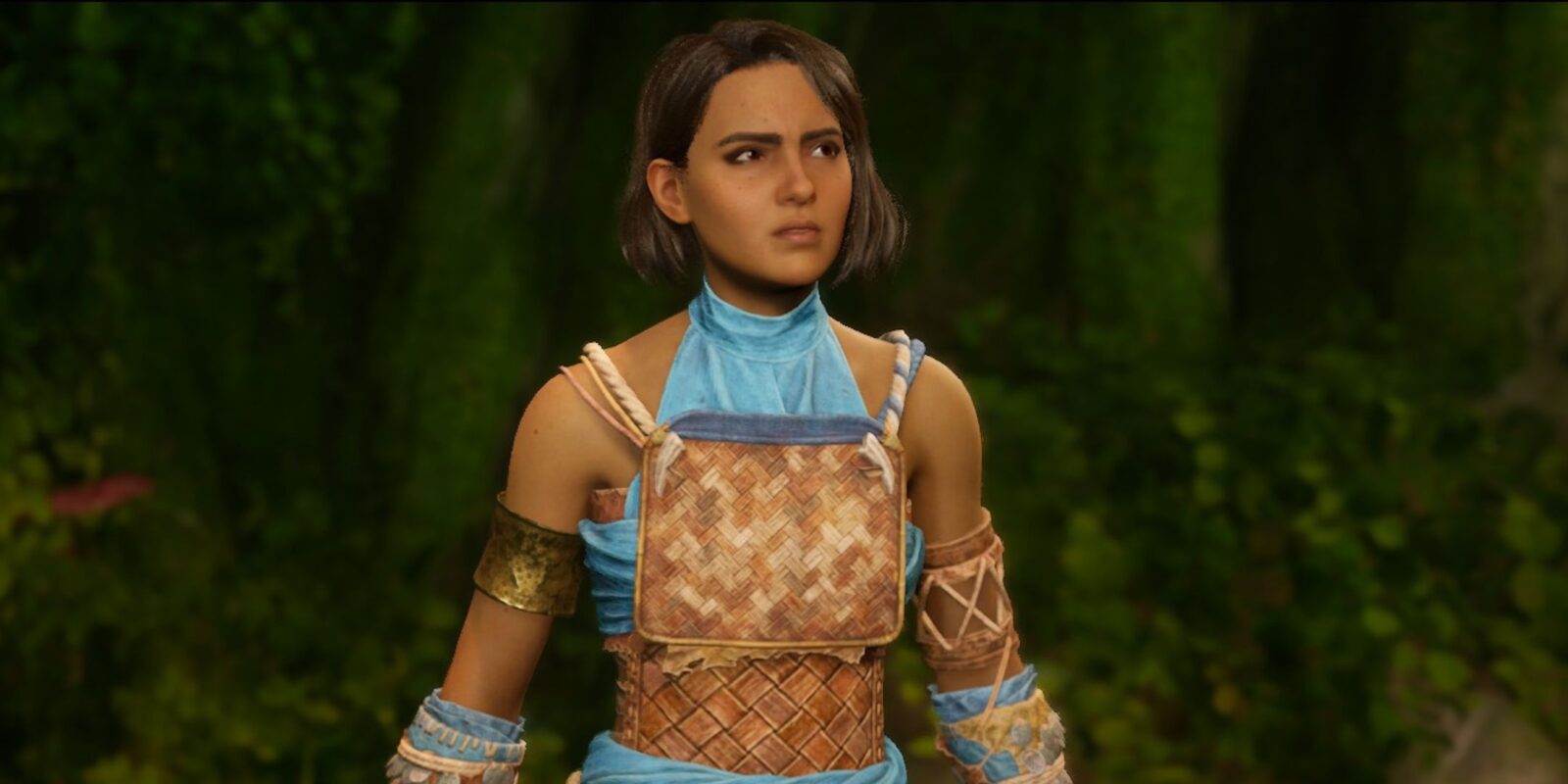

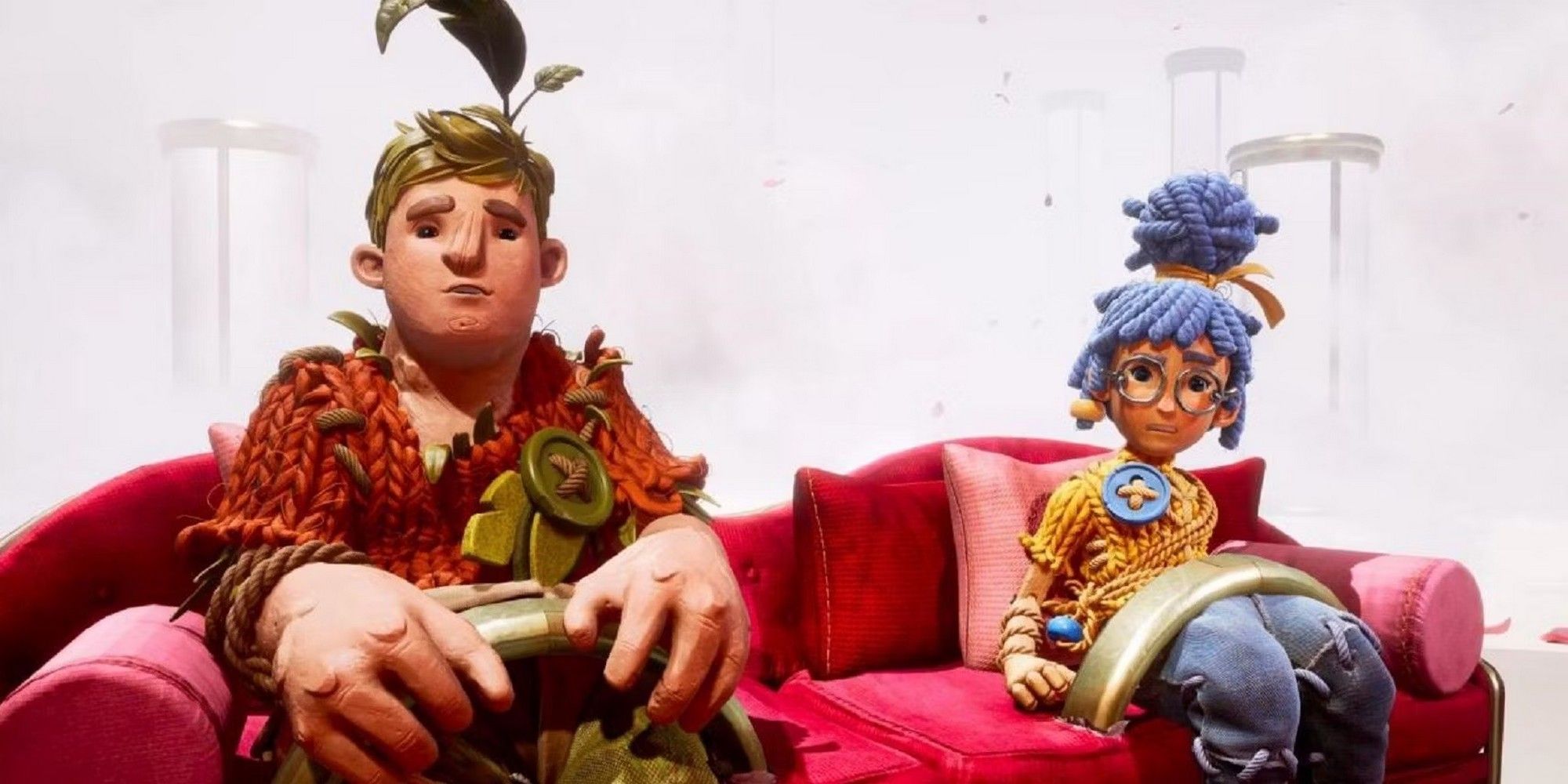






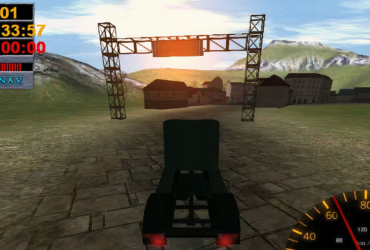
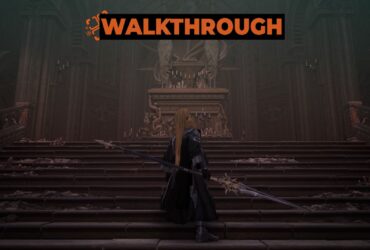

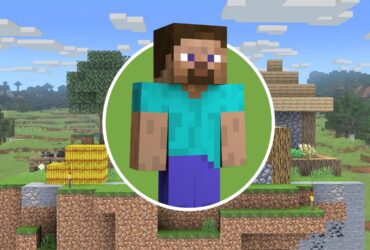
Leave a Reply